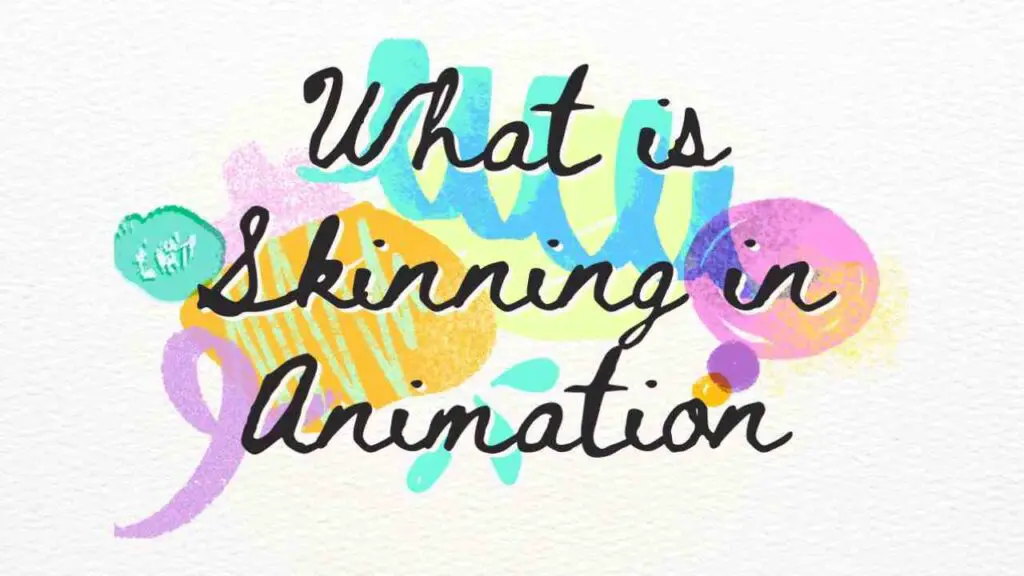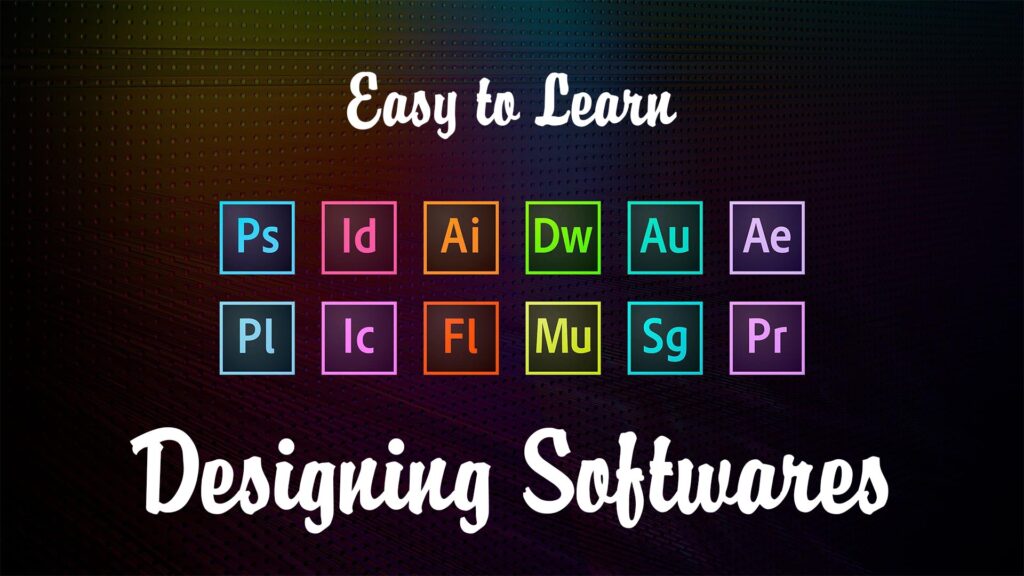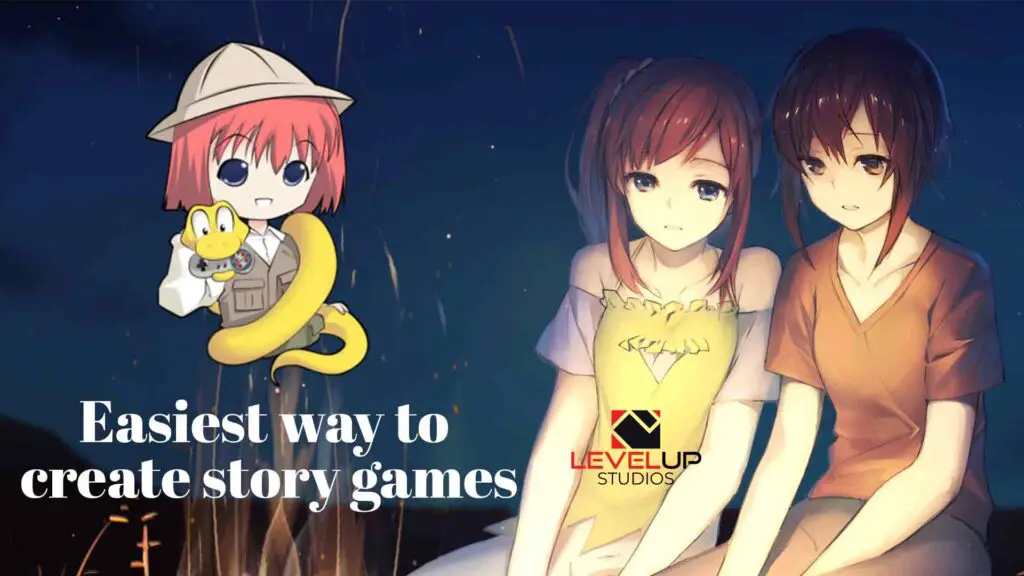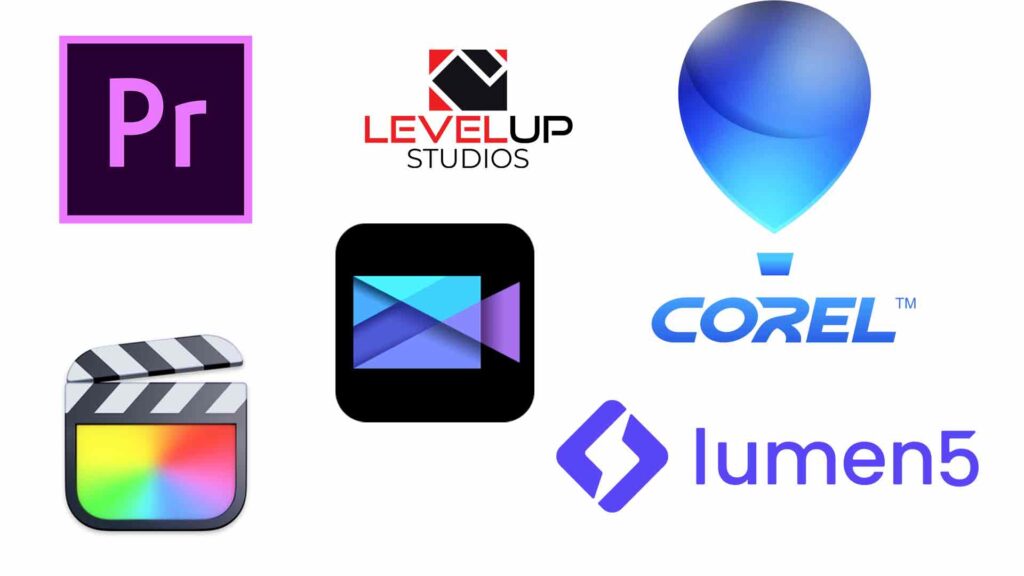THIS ARTICLE MAY CONTAIN AFFILIATE MARKETING LINKS! IN CASE YOU MAKE A PURCHASE THROUGH ONE OF THE LINKS, WE'LL GET A SMALL COMMISSION. WITH NO EXTRA CHARGES TO YOU. THANKS!!
In the intricate dance of animation, skinning is the invisible yet pivotal force that binds the soul of a character to its digital skeleton. And if you ever wondered what is skinning in animation? then continue reading as we discuss about skinning in animation. It’s a process that marries geometry with motion, allowing animators to sculpt movement in a way that mimics the fluidity of life itself.
This article unveils the art and science of skinning in animation, a technique that transforms a static mesh into a living entity capable of conveying emotion and story through every bend and twist. Join us as we delve into the world of vertices and weights, exploring how the meticulous task of skinning breathes life into the characters that inhabit our screens.
What is Skinning in Animation?
In animation, skinning is a crucial process that involves binding a 3D model’s mesh to its skeletal rig. This process ensures that the joints of the skeleton influence the vertices of the model, allowing for realistic movement and deformation of the character or object when animated. Skinning can be quite complex, as it requires careful weight painting to determine how much influence each joint has over different parts of the mesh. Proper skinning is essential for the mesh to move correctly in sync with the skeleton, making it a vital step in the rigging and animation process.
Most Used Softwares for Skinning
Autodesk Maya is a powerhouse in the industry, renowned for its sophisticated rigging and skinning tools that cater to complex 3D animation projects. It offers a comprehensive set of features for character setup, including dual quaternion skinning, which allows for more natural deformations around joints.
Blender, an open-source 3D creation suite, is another popular choice that provides a full range of tools for modeling, rigging, and skinning. Its versatility and zero cost make it accessible to hobbyists and professionals alike. Blender’s skin modifier and weight painting tools are particularly useful for fine-tuning the influence of bones on the mesh.
Cinema 4D by Maxon is favored for its user-friendly interface and powerful skinning options. It’s well-suited for artists who want to achieve high-quality results without a steep learning curve. The software’s joint and skin system allows for smooth and realistic character animations.
ZBrush, while primarily known as a digital sculpting tool, also offers features for mesh manipulation and skinning. Its Transpose Master plugin enables artists to pose their sculpted characters using a skeleton structure, which can then be skinned for animation purposes.
These software programs are integral to the animation industry, providing the tools necessary for animators to create believable and emotive characters through the art of skinning. They continue to evolve, incorporating the latest technological advancements to meet the ever-growing demands of animation professionals and enthusiasts.
Why is Skinnig Important?
Skinning in animation is essential because it is the task that allows for the realistic movement of characters. It involves binding a 3D model’s mesh to its skeletal rig, ensuring that the joints of the skeleton influence the vertices of the model appropriately. Without proper skinning, the mesh would not deform correctly, leading to unnatural movements that can break the immersion of the audience. Skinning ensures that each joint has the right amount of influence over the mesh, allowing for smooth and lifelike animations. It’s a vital step in the rigging process that ultimately determines the quality and believability of the character’s movements in the animated world.
A Glance at the History of Skinning in Animation
The history of skinning in animation is deeply intertwined with the evolution of the medium itself. Skinning, which refers to the process of binding a character’s mesh to its skeletal rig, has its roots in the early days of traditional animation. The concept of manipulating a character’s form to create movement can be traced back to techniques like onion skinning, where animators would draw on thin, translucent paper to plan and visualize the sequence of movements.
As animation transitioned from hand-drawn cells to computer-generated imagery, skinning evolved to meet the demands of 3D models. The advent of computer graphics brought about software capable of simulating complex deformations and movements that were not possible with traditional methods. This digital era of skinning allowed for more sophisticated and lifelike character animations, as rigs became more complex and meshes more detailed.
The progression of skinning technology has been marked by significant milestones, such as the development of weight painting and automated skinning algorithms, which have greatly enhanced the animator’s ability to create believable motion. Today, skinning is an essential component of the animation process, enabling artists to produce characters that move in ways that are both realistic and expressive, contributing to the immersive experience of modern animated films and games. The journey of skinning reflects the broader narrative of animation: a constant quest for innovation and realism in the art of storytelling through motion.

Some Key Influencers
- Eadweard J. Muybridge (1830 – 1904):
- English photographer Eadweard J. Muybridge laid the foundations for motion pictures with his pioneering experiments in moving images.
- His groundbreaking “Animal Locomotion” studies involved using twelve thread-triggered cameras to photograph a galloping horse in a sequence of shots.
- Muybridge’s invention, the zoopraxiscope, allowed him to display these images in rotation, effectively creating an early form of movie projection.
- J. Stuart Blackton (1875 – 1941):
- Co-founder of Vitagraph Studios, James Stuart Blackton was a trailblazer in animation.
- He used the stop-motion technique in his film “The Humpty Dumpty Circus” (1898), where he animated his daughter’s toys to create the illusion of a circus of acrobats and animals in motion.
- Blackton’s film “The Enchanted Drawing” (1900) combined stop-motion with hand-drawn animation, making it one of the first recorded animated sequences on standard picture film.
- Émile Cohl (1857 – 1938):
- Often referred to as “the father of the animated cartoon,” French artist Émile Cohl made significant contributions to animation.
- His work included creating the first animated film, “Fantasmagorie” (1908), which featured hand-drawn characters in a whimsical and surreal style.
- Cohl’s innovative approach paved the way for future animators and established animation as a legitimate art form.
These visionaries, along with many others, shaped the early days of animation and laid the groundwork for the sophisticated skinning techniques we use today. Their creativity and experimentation continue to inspire animators worldwide, reminding us that animation is a dynamic blend of art, science, and imagination.
Conclusion
With this we conclude our journey through the intricate landscape of skinning in animation, we are left with a profound appreciation for the artistry and technical mastery that breathes life into the characters we cherish. Skinning is more than just a step in the animation process; it is the alchemy that transforms a collection of polygons into a character capable of stirring emotions and telling stories.
The evolution of skinning technology continues to push the boundaries of what is possible, ensuring that the future of animation is as limitless as the imagination of the artists who wield these tools. From the early days of hand-drawn frames to the sophisticated digital rigs of today, skinning remains an essential thread in the tapestry of animated storytelling—a magic that will continue to enchant and inspire for generations to come.







